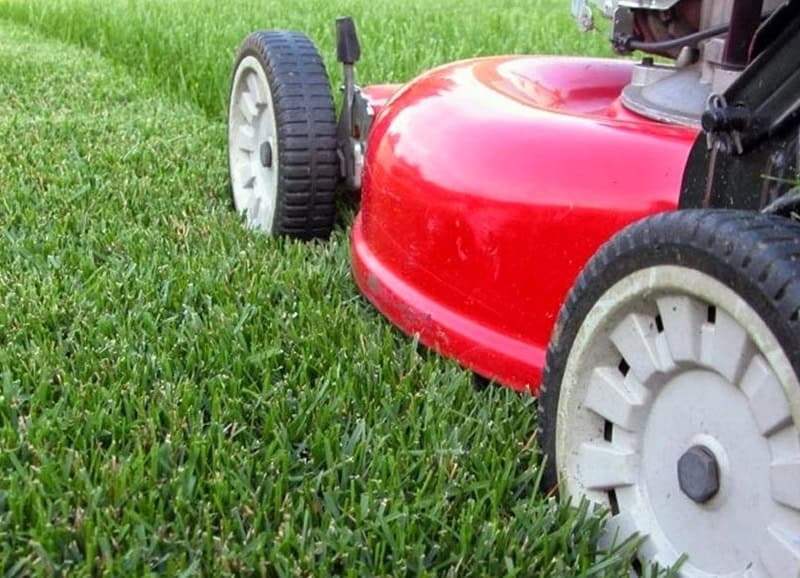
News

Ultimate Guide to Mowing Your Lawn
October 1, 2022
As the temperatures are set to rise over the coming weeks, your lawn will start to actively grow. With this, your grass will need more frequent mows to keep up with growth. To help we take a look at a few tips and tricks, this will get the best cut when mowing your lawn.
Lawn Mowing Height
You may have noticed that your mower allows you to adjust and change the height you can mow at. On a typical rotary mower, a lever is located near one of the wheels, allowing you to raise and lower the mowing deck.
As a general rule of thumb, it is best to mow lower during warmer months and higher during cooler months.
Mowing Height for Different Grass Types
Green couch: 5 to 30mm
Buffalo grass (Sir Walter): 30 to 50mm
Kikuyu: 30 to 50mm
Zoysia matrella (Sir Grange): 5 to unmown
Queensland blue couch: 5 to 30mm
Broadleaf carpet grass: 30 to 50mm
Hybrid Bermuda (TifTuf): 5 to 30mm
Fescue: 30 to 50mm
The One Third Rule of Grass
A common question we get is, “how often should I mow my lawn?” The answer to this is dependent on your turf variety and local climate. For example, if you are in a warmer climate like Queensland with a fast-growing grass like couch, you will need to mow more frequently than someone in a cooler climate like Tasmania with a slower-growing grass like buffalo.
To answer the question, mow your lawn frequently enough so that you remove no more than one-third of the leaf with each pass. Cutting this way will limit the amount of stress caused to the plant and help avoid scalping.
Sharpen Your Mower Blades
Ensuring your mower blades are nice and sharp will help your grass look better after a mow and help keep your lawn healthier.
We recommend checking your mower blades at the start of every growing season to ensure they are in good shape or need sharpening.
If the blades have any cracks, bends, extremely thin blades, or even holes in the blades fin, then your blades need to be replaced.
If there is still plenty of meat left on your blades and they are in their correct shape, they may simply need to be sharpened.
For most people, the easiest fix is to have your mower blades looked at by a professional.
Tips for Mowing Your Lawn
- Mow when the lawn is dry and try to avoid mowing when the lawn is wet
- Mow at the same length and keep it consistent
- Switch mowing directions
- Mow in the mornings or afternoons. Avoid mowing in the middle of the day
- Keep at a consistent pace